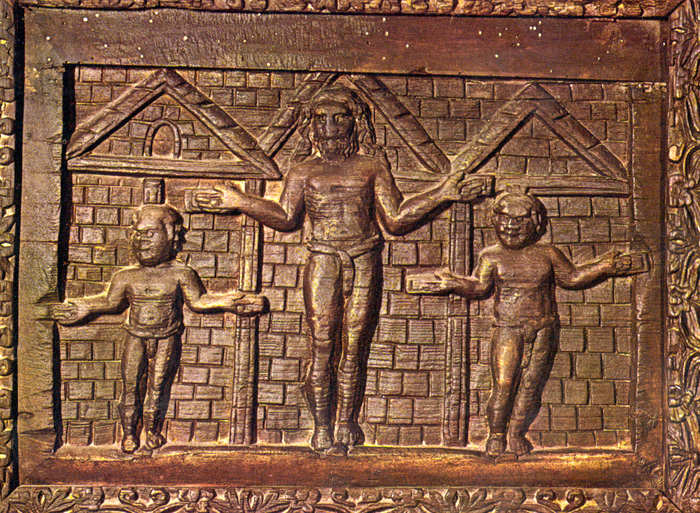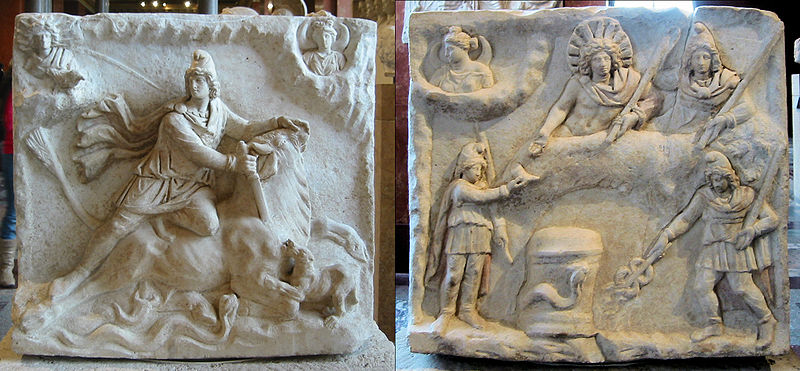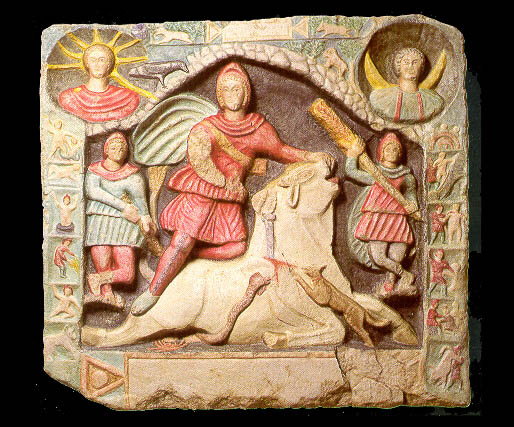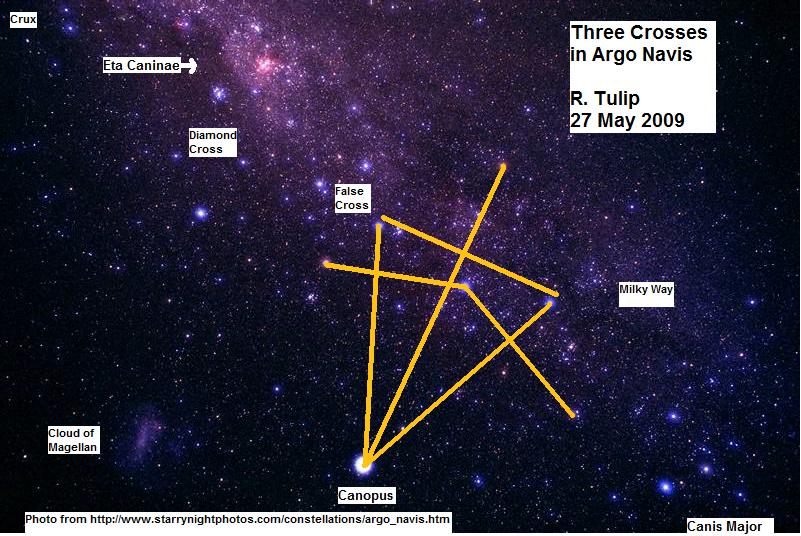posting some of my old threads from a certain fakkit ass site
In the New Testament gospel story, Jesus Christ is depicted has being hung on a cross between two "thieves," "criminals" or "malefactors."

This episode is represented at Matthew 27:38, Mark 15:27, Luke 23:39-43 and John 19:18. The passage in Matthew says:
"Then two robbers were crucified with him, one on the right and one on the left."
The Greek word rendered here as "robbers" and elsewhere as "thieves" is λῃσταί or lestai, plural of λῃστής or lestes (Blue Letter Bible - Lexicon)
which Strong's Dictionary defines as: "a robber, plunderer, freebooter, brigand." The Greek word is used 15 times across all four gospels. In Matthew, both criminals mock Christ, and there is no hint of a "penitent thief."
Mark 15:27 says:
"And with him they crucified two robbers, one on his right and one on his left."
Here again the Greek word rendered "robber" is lestes.
In a note in the RSV, we learn that there is in some Bible editions an insertion, Mark 15:28, which reads:
"And the scripture was fulfilled which says, "He was reckoned with the transgressors."
We thus learn that this episode is included in order to "fulfill prophecy" (Is 53:12 (Isaiah 53 (Blue Letter Bible: KJV - King James Version)) i.e., as part of the messianic scriptural blueprint used by the creators of Christianity.
John 19:18 (John 19 (Blue Letter Bible: RSV - Revised Standard Version))
"There they crucified him, and with him two others, one on either side, and Jesus between them."
The word here is simply ἄλλους or allous, from allos or "other."
Blue Letter Bible - Lexicon
"One of the criminals who were hanged railed at him, saying, "Are you not the Christ? Save yourself and us!" But the other rebuked him, saying, "Do you not fear God, since you are under the same sentence of condemnation? And we indeed justly; for we are receiving the due reward of our deeds; but this man has done nothing wrong." And he said, "Jesus, remember me when you come into your kingdom." And he said to him, "Truly, I say to you, today you will be with me in Paradise."
This passage does not identify these individuals as "thieves." They are simply crucified "criminals." Departing from Mark and Matthew, Luke does not use the word λῃστής or lestes here to describe the "robbers." The Greek word at Luke 23:39 for "criminals" is κακοῦργος or kakourgos (Blue Letter Bible - Home Page), meaning "bad-doer." Hence, the Latin "malefactor" is closest to the literal translation. the same word κακοῦργος is used in the NT only in Luke 23, at verses 32, 33 and 39, and at 2 Timothy 2:9.
These facts are suggestive of a later interpolation, especially since the term is used elsewhere only in an epistle widely accepted as attributed to Paul but which was evidently written in the middle of the second century.
What is the meaning of this story? What does it represent? Why is it present in the scriptures?
I want to leave this here until other people offer their opinions as to the meaning of the story.
In the New Testament gospel story, Jesus Christ is depicted has being hung on a cross between two "thieves," "criminals" or "malefactors."

This episode is represented at Matthew 27:38, Mark 15:27, Luke 23:39-43 and John 19:18. The passage in Matthew says:
"Then two robbers were crucified with him, one on the right and one on the left."
The Greek word rendered here as "robbers" and elsewhere as "thieves" is λῃσταί or lestai, plural of λῃστής or lestes (Blue Letter Bible - Lexicon)
which Strong's Dictionary defines as: "a robber, plunderer, freebooter, brigand." The Greek word is used 15 times across all four gospels. In Matthew, both criminals mock Christ, and there is no hint of a "penitent thief."
Mark 15:27 says:
"And with him they crucified two robbers, one on his right and one on his left."
Here again the Greek word rendered "robber" is lestes.
In a note in the RSV, we learn that there is in some Bible editions an insertion, Mark 15:28, which reads:
"And the scripture was fulfilled which says, "He was reckoned with the transgressors."
We thus learn that this episode is included in order to "fulfill prophecy" (Is 53:12 (Isaiah 53 (Blue Letter Bible: KJV - King James Version)) i.e., as part of the messianic scriptural blueprint used by the creators of Christianity.
John 19:18 (John 19 (Blue Letter Bible: RSV - Revised Standard Version))
"There they crucified him, and with him two others, one on either side, and Jesus between them."
The word here is simply ἄλλους or allous, from allos or "other."
Blue Letter Bible - Lexicon
"One of the criminals who were hanged railed at him, saying, "Are you not the Christ? Save yourself and us!" But the other rebuked him, saying, "Do you not fear God, since you are under the same sentence of condemnation? And we indeed justly; for we are receiving the due reward of our deeds; but this man has done nothing wrong." And he said, "Jesus, remember me when you come into your kingdom." And he said to him, "Truly, I say to you, today you will be with me in Paradise."
This passage does not identify these individuals as "thieves." They are simply crucified "criminals." Departing from Mark and Matthew, Luke does not use the word λῃστής or lestes here to describe the "robbers." The Greek word at Luke 23:39 for "criminals" is κακοῦργος or kakourgos (Blue Letter Bible - Home Page), meaning "bad-doer." Hence, the Latin "malefactor" is closest to the literal translation. the same word κακοῦργος is used in the NT only in Luke 23, at verses 32, 33 and 39, and at 2 Timothy 2:9.
These facts are suggestive of a later interpolation, especially since the term is used elsewhere only in an epistle widely accepted as attributed to Paul but which was evidently written in the middle of the second century.
What is the meaning of this story? What does it represent? Why is it present in the scriptures?
I want to leave this here until other people offer their opinions as to the meaning of the story.








